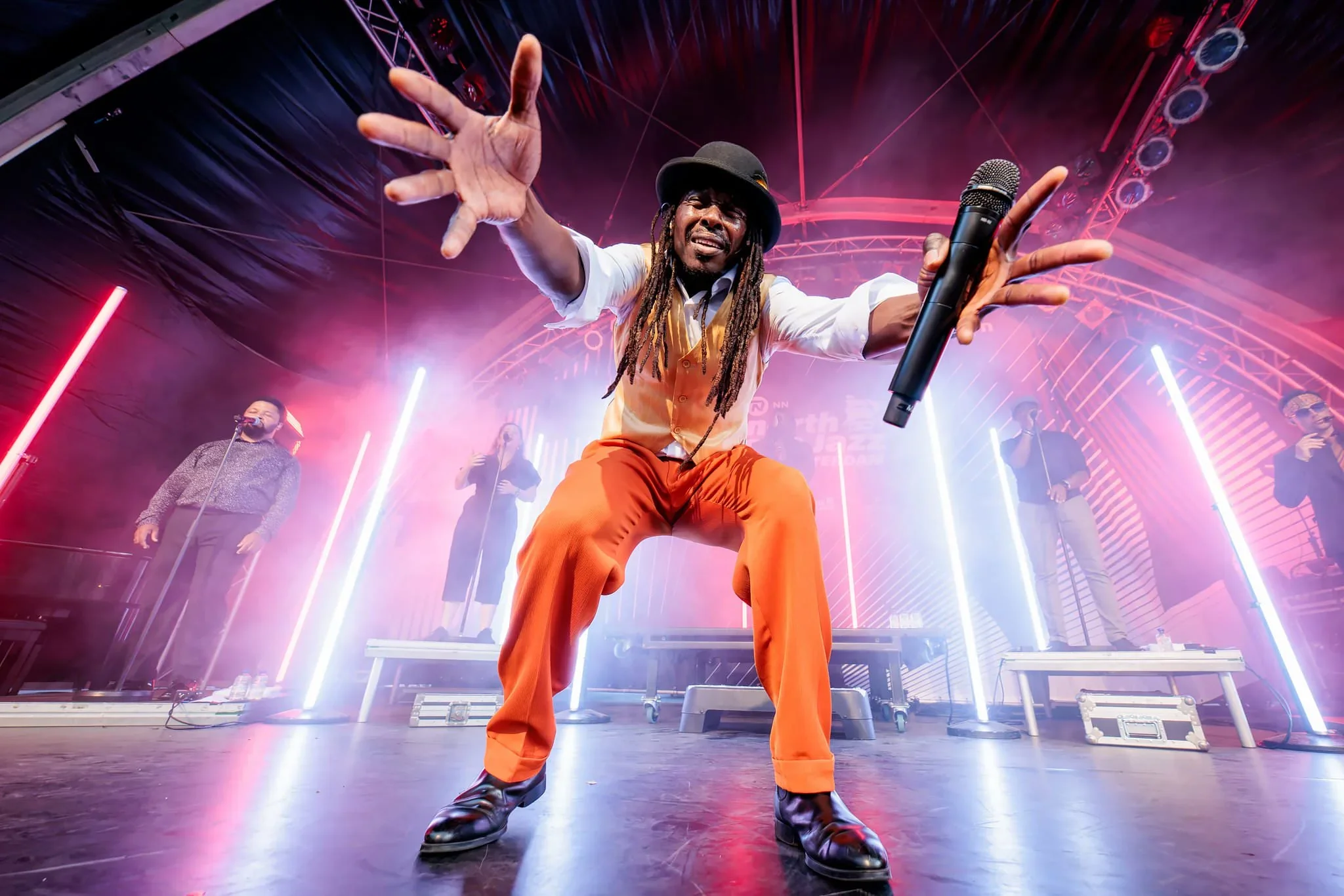Conquering Concert Lighting: From Smoke to Lasers
Concert lighting is a wild ride. One moment it’s dark and moody, the next it’s blindingly bright. You’ve got to be ready to adapt to these changes in an instant. This is where the real artistry of concert photography comes into play.
Understanding the Challenge
One trick is to slightly underexpose your shots, especially when dealing with harsh stage lights. This gives you more room to adjust in post-processing without losing details in the highlights. Adjusting your white balance is another must—auto white balance can struggle with the rapid color changes typical in concert lighting.
LED lights can be especially tricky. They tend to cast very saturated colors that can be hard to balance, and they sometimes blink slower than your shutter speed, which can create unwanted banding in your photos. If you’re dealing with a lot of red or blue light, you might need to do some color correction in post to bring back natural skin tones.
Dealing with Stage Effects: Smoke Machines
Smoke machines can be a double-edged sword. They diffuse light, which can create a moody, ethereal atmosphere, but they can also obscure your subjects if it’s too thick. When shooting in smoke, try to use backlighting to your advantage.
Position yourself so the smoke is illuminated from behind, which can create striking silhouettes and add depth to your images. But be quick—smoke doesn’t stay in one place for long, and it can change the look of your shot in an instant.
Pyrotechnics: Explosive Moments
Pyrotechnics are thrilling but fleeting. These explosive moments happen fast, so you need to be ready. Use a fast shutter speed to freeze the action and capture the burst of flames or sparks in sharp detail. Positioning is crucial—find a spot where you can see the pyro in relation to the performers, so you capture the whole spectacle.
And of course, try to find out when they go off—you can always try to bribe the pyro technician with a beer!
Laser Light Shows
Lasers are another challenge. They’re bright, they move quickly, and they can wash out your shot if you’re not careful. To capture lasers effectively, consider lowering your exposure slightly to avoid blowing out the highlights.
Play with different angles to catch the beams in a way that adds to the composition, and remember that timing is key. Lasers often pulse in time with the music, so anticipate the rhythm to get the shot at just the right moment.
Warning: Lasers that directly shine in your lens can be dangerous for your eyes and your sensor.
Working with What You Get
Remember, lighting is dynamic, and you need to be flexible. Adjust your settings on the fly, and learn to work with whatever lighting conditions you’re given. Whether it’s intense backlighting, harsh spotlights, or colorful LED displays, being adaptable will help you capture stunning images no matter what.
The key is to embrace the chaos and use it to your advantage. Some of the most dramatic concert photos come from challenging lighting situations.


